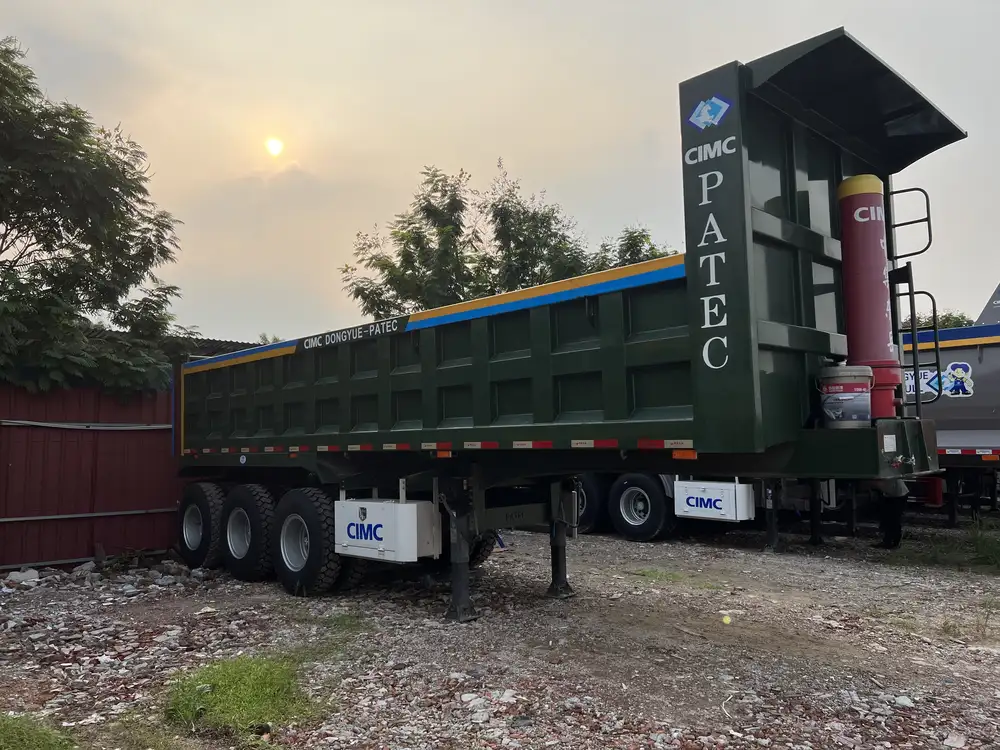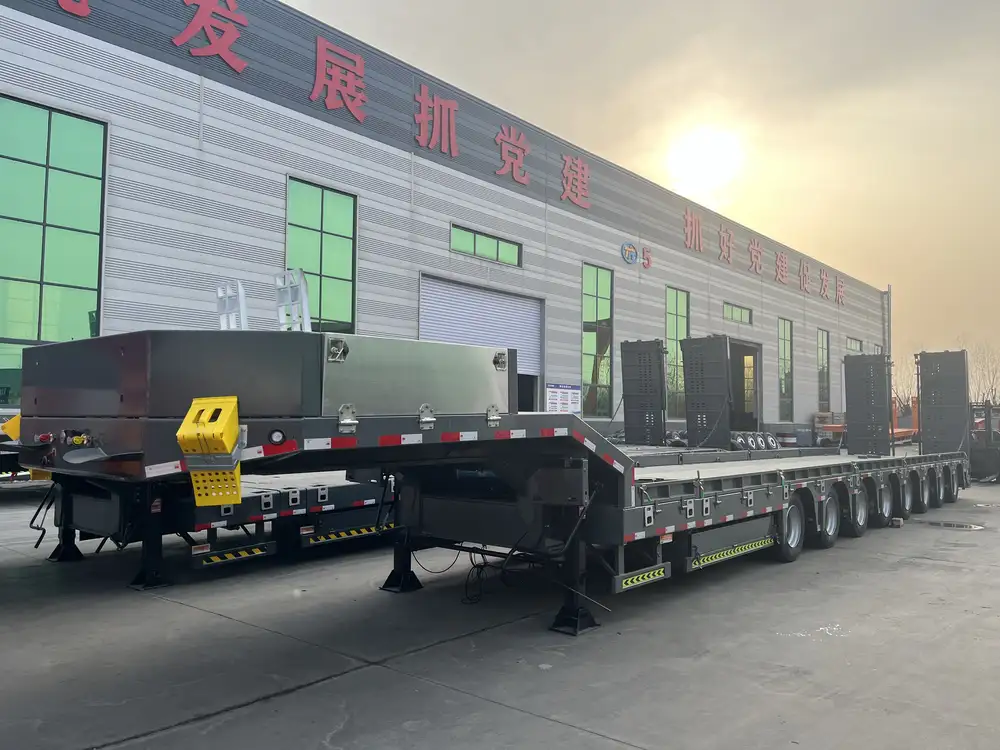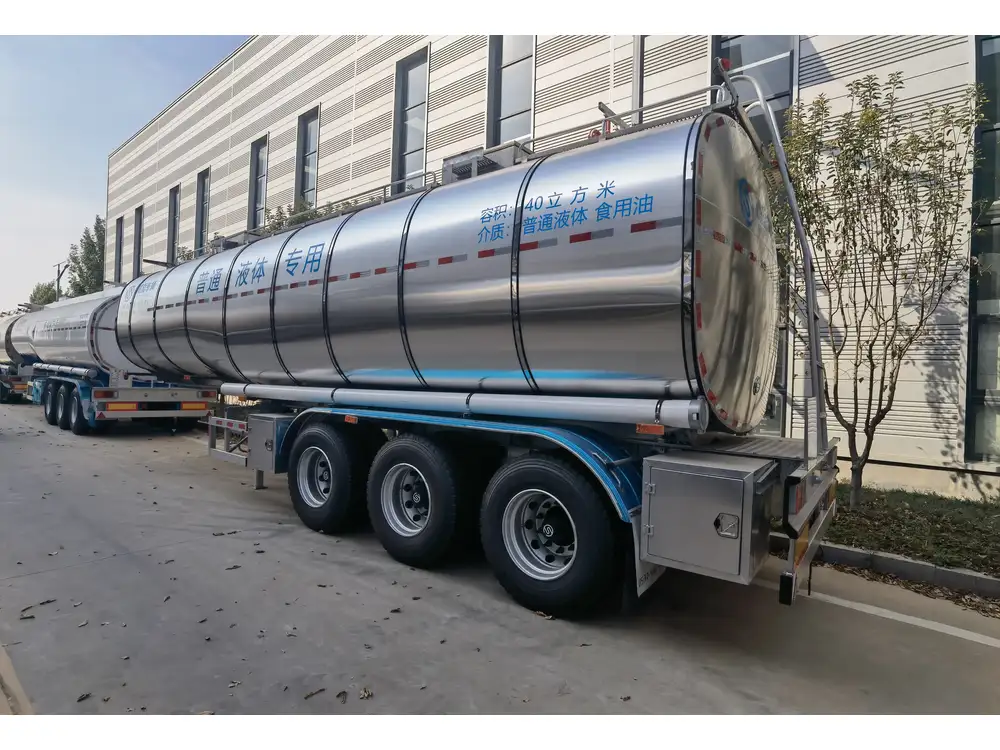When you’re out on an adventure in your travel trailer, knowing how to properly empty your tanks is crucial for maintaining hygiene and ensuring a trouble-free trip. The process may seem straightforward, but it can entail various steps, practices, and considerations that elevate your experience. In this guide, we’ll delve into intricate details surrounding the process of emptying travel trailer tanks, ensuring you’re well-equipped with the knowledge needed to execute this task efficiently and effectively.
Understanding Your Travel Trailer’s Tanks
Travel trailers typically feature two essential types of tanks: the gray water tank and the black water tank. A thorough grasp of the function of each tank will aid in comprehending the emptying process.
1. Gray Water Tank
- Function: This tank collects wastewater from sinks and showers.
- Characteristics: It generally has a larger capacity than the black water tank.
- Liquid Composition: Contains soap, food particles, and negligible amounts of waste.

2. Black Water Tank
- Function: This tank stores human waste from the toilet.
- Characteristics: It usually has a smaller capacity and requires meticulous management.
- Liquid Composition: Composed of human waste and chemicals found in toilet treatments.
Preparation: The Key to Successful Tank Emptying
To start, familiarize yourself with your trailer’s layout and specifications. Before you embark on the tank-emptying process, gather the necessary tools and supplies.
Essential Supplies
| Item | Purpose |
|---|---|
| Sewage Hose | Transfers waste from the travel trailer to the dump station. |
| Hose Connectors | Ensures secure connections between hoses. |
| Waste Tank Treatment | Controls odors and breaks down waste in tanks. |
| Gloves | Provides hygiene during handling. |
| Bucket or Portable Pump | Captures any waste spills for easier cleanup. |
| Water Source | For rinsing the tanks and hose post-emptying. |

Steps to Prepare
- Select an Appropriate Location: Choose a designated RV dump station or a location that has proper drainage facilities. Many campgrounds provide this service, but some gas stations might as well.
- Check the Trailer’s Manual: Consult your travel trailer manual for specific instructions that can be crucial to your model.
- Inspect Your Equipment: Before leaving your site, check all equipment for leaks or damage.
The Step-by-Step Process of Emptying Your Tanks
Now let’s explore the systematic approach to emptying both the gray and black water tanks effectively.
Step 1: Safety First
- Wear Protective Gear: Before starting, put on disposable gloves to maintain hygiene and avoid direct contact with waste.
- Stay Aware: Keep children and pets at a safe distance from the work area.

Step 2: Position the Sewage Hose
- Connect the Hose to the Trailer: Remove the cap from the trailer’s waste outlet. Attach one end of the sewer hose to the outlet securely.
- Securely Place the Other End at the Dump Station: Place the opposite end of the sewage hose in the dump station opening.
Step 3: Empty the Black Water Tank
- Open the Black Water Valve: This is critical as it releases the tank’s contents into the sewer. Let it drain fully.
- Observe the Drainage: Keep an eye on the flow to ensure there’s no backflow or leaks. This is also a good time to ensure the hose isn’t blocked.
- Close the Valve: Once draining appears complete, close the black water valve.
Step 4: Flush and Rinse
- Use a Flush Wand (If Available): Insert a tank wand into the toilet to flush and rinse the black water tank thoroughly. This helps to reduce odors and clumps.
- Repeat the Process: If necessary, repeat the flushing until the water appearing from the drain is clear.

Step 5: Empty the Gray Water Tank
After the black water tank is empty and rinsed, the gray water tank can be emptied.
- Open the Gray Water Valve: This will drain the soapy water, helping to clean the sewage hose in the process.
- Rinse Again: If possible, run fresh water through the gray water tank to help clean it out.
- Close the Valve: Once empty, shut the gray water valve tightly.
Cleaning and Maintenance
Post-Emptying Maintenance
Once your tanks are emptied, a little maintenance goes a long way.
- Rinse the Hose: After disconnecting, rinse the sewage hose with fresh water before storage to prevent residue buildup.
- Sanitize Tools: Clean any tools used during the process with disinfectant wipes or solutions.
- Tank Treatment: Add a waste tank treatment to the black water tank to break down waste and control odors before the next use.

Tips for Preventing Clogs and Issues
- Use Proper Toilet Paper: Always use RV-specific toilet paper that disintegrates easily to prevent clogs.
- Regularly Check Tank Levels: Monitor your tank levels often to avoid overfilling. A good practice is to dump when the black water tank is around one-third full.
- Use Water Generously: When flushing, use plenty of water to keep the tanks working efficiently.
Frequently Asked Questions
How often should I empty my tanks?
The frequency depends on several factors, including how many people are using the trailer and how long you plan to stay in a location. As a general rule, it’s advisable to check every few days and empty as necessary.

What should I do if my tank won’t drain?
If you encounter drainage issues, first ensure that the valve is fully opened. If the problem persists, consider using a tank cleaner or having your trailer inspected for potential blockages.
Can I use regular household chemicals in my tanks?
No, household cleaners can damage your tanks and plumbing. Always opt for RV-approved cleaning materials.
Conclusion
Efficiently emptying your travel trailer tanks is more than just a chore; it’s an integral part of safeguarding your RV experience. By following the steps laid out in this detailed guide, you’ll ensure the hygiene and functionality of your travel trailer, paving the way for countless enjoyable journeys. Remember, with great freedom on the open road comes the responsibility of proper tank management. Practicing these procedures not only extends the life of your trailer but also enriches the overall travel experience. Happy travels!



